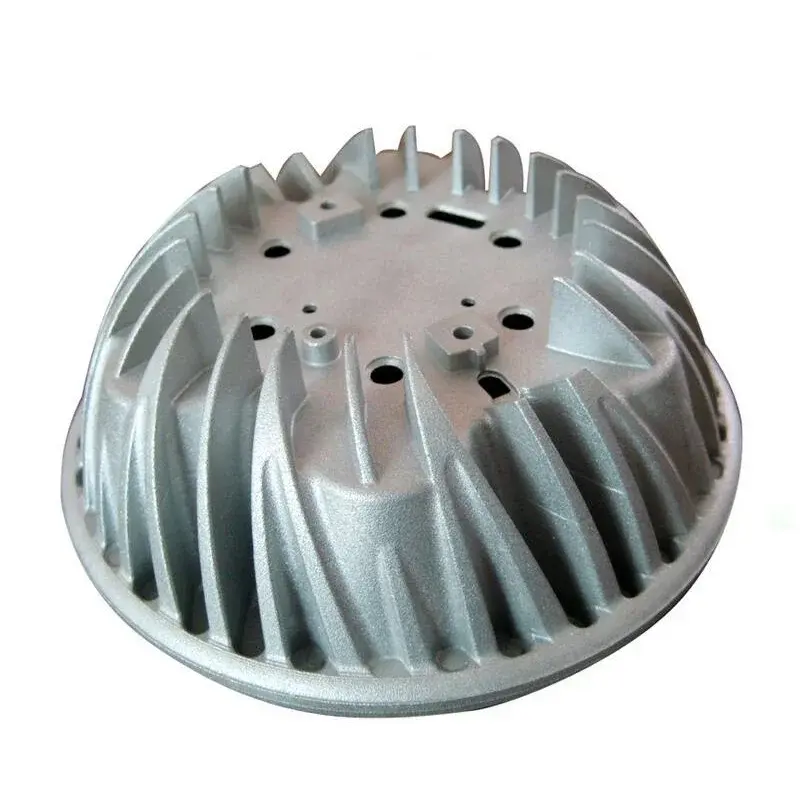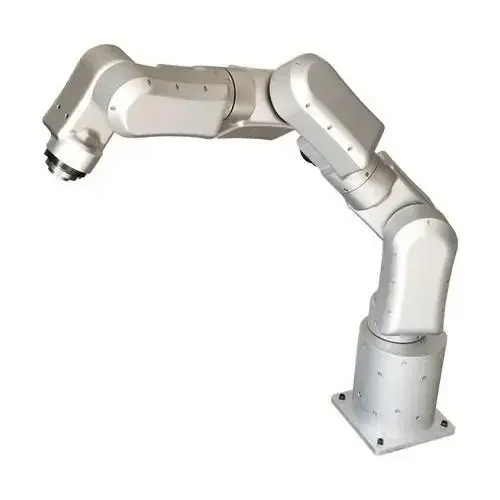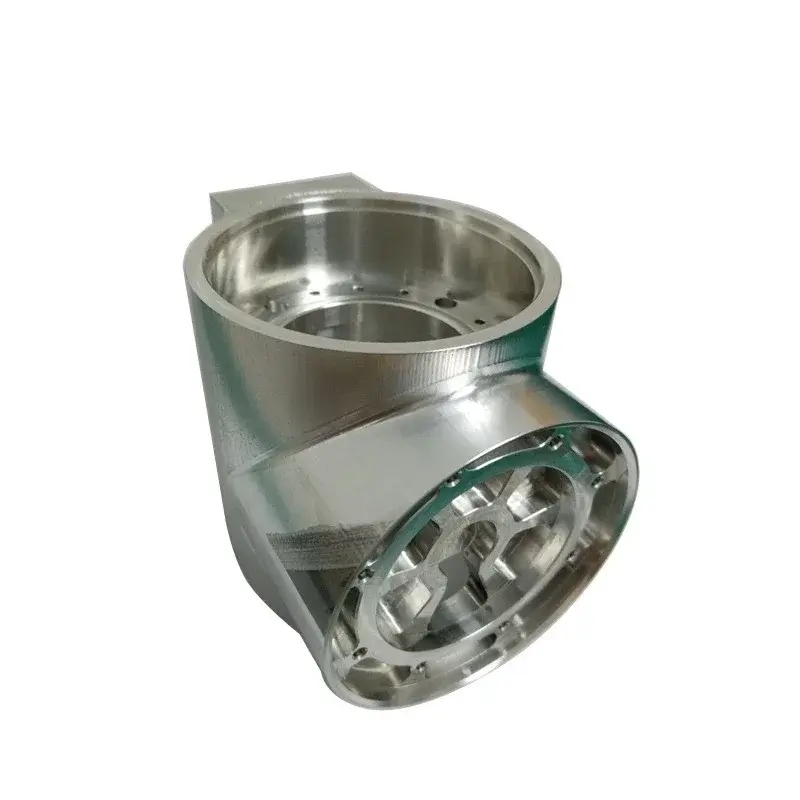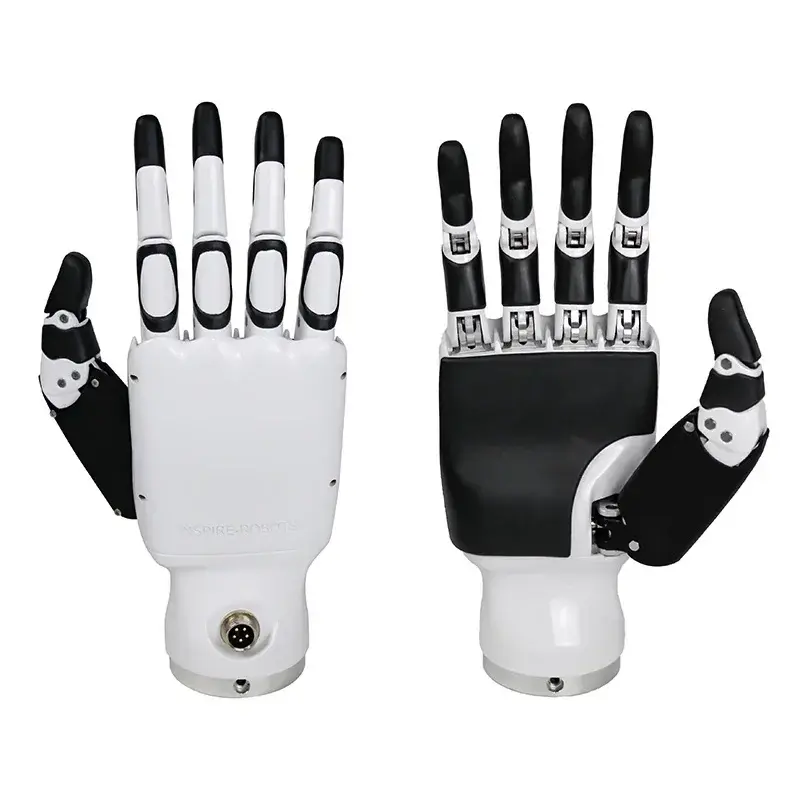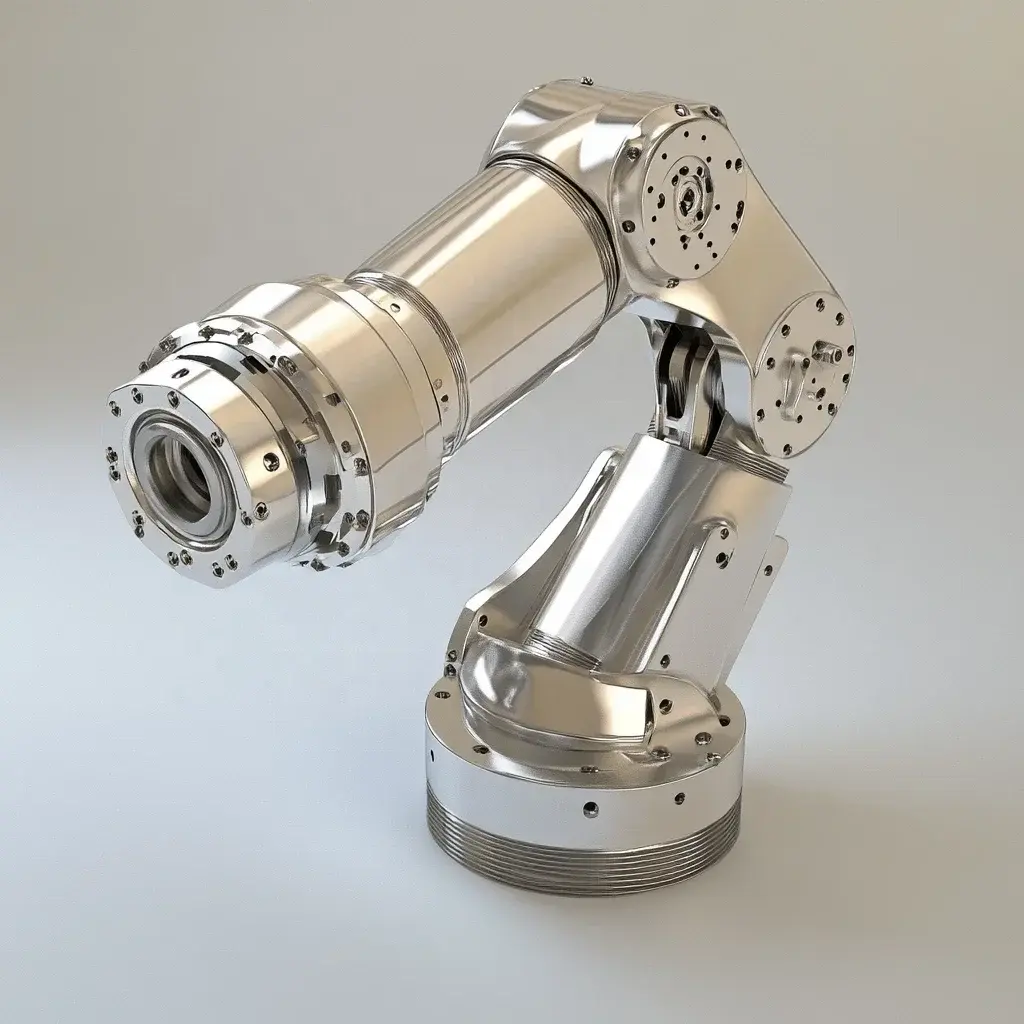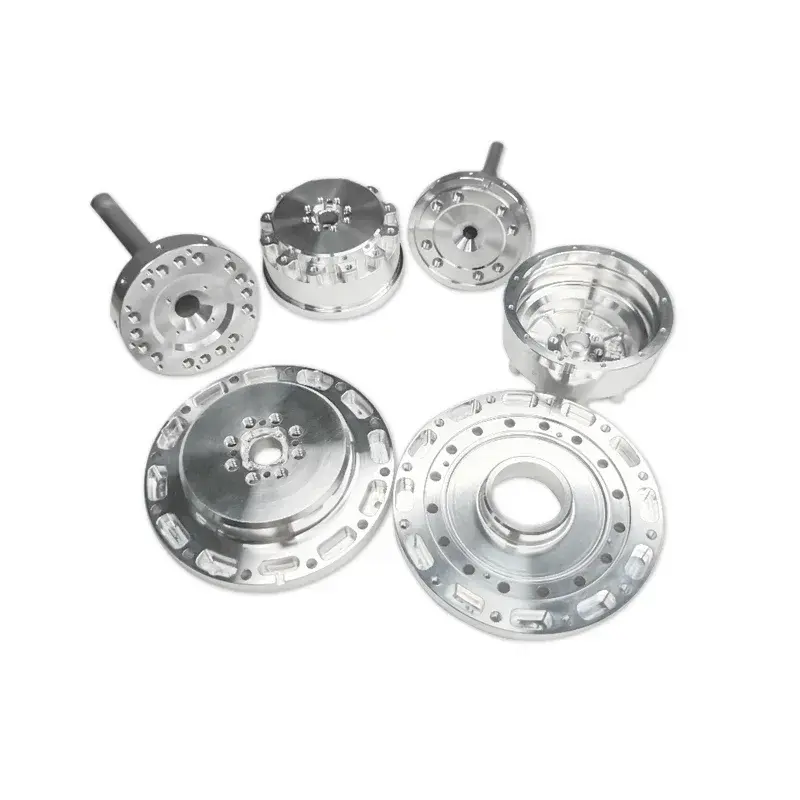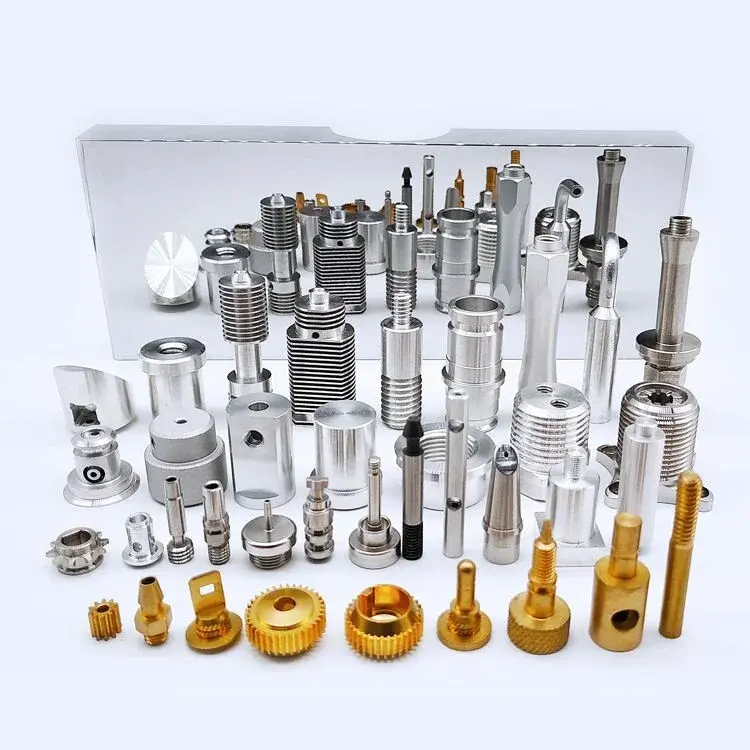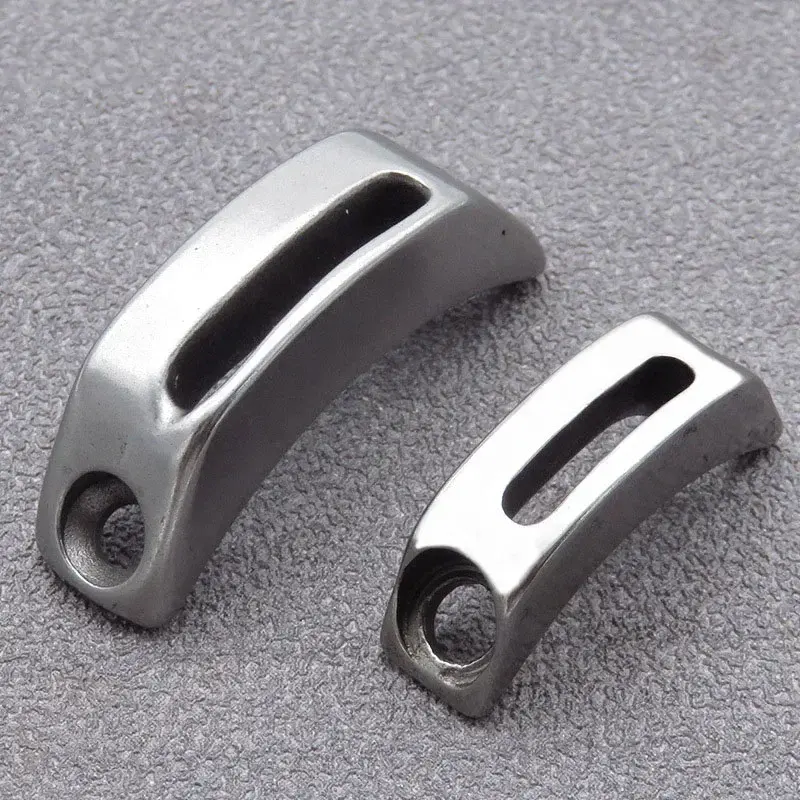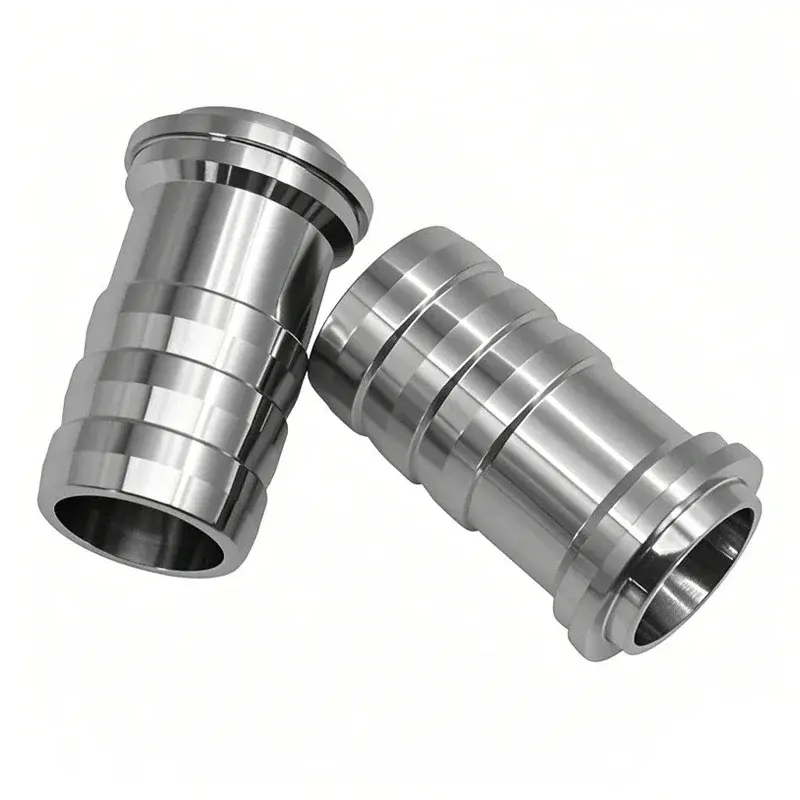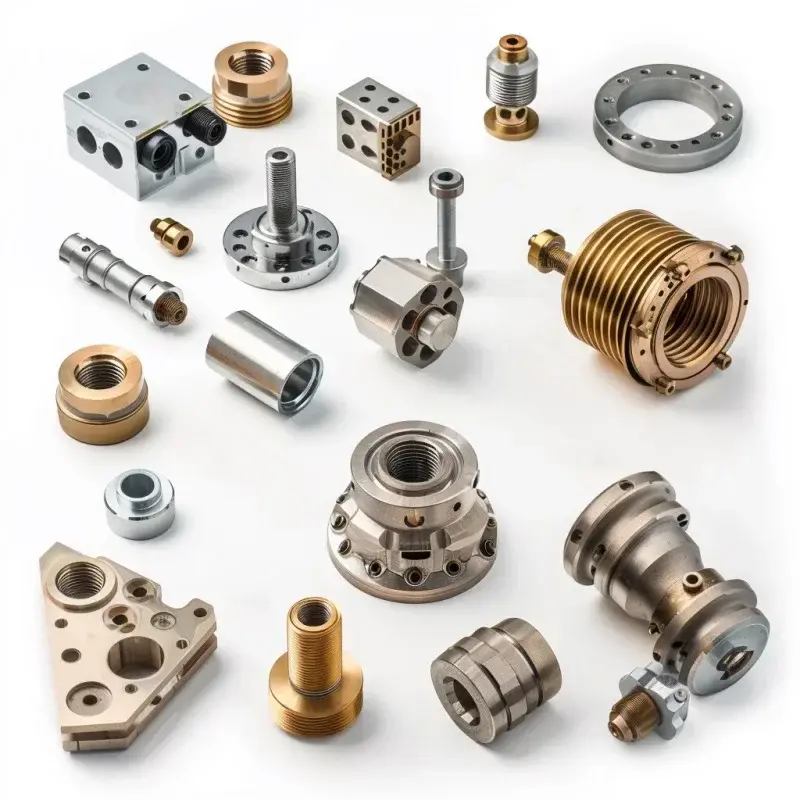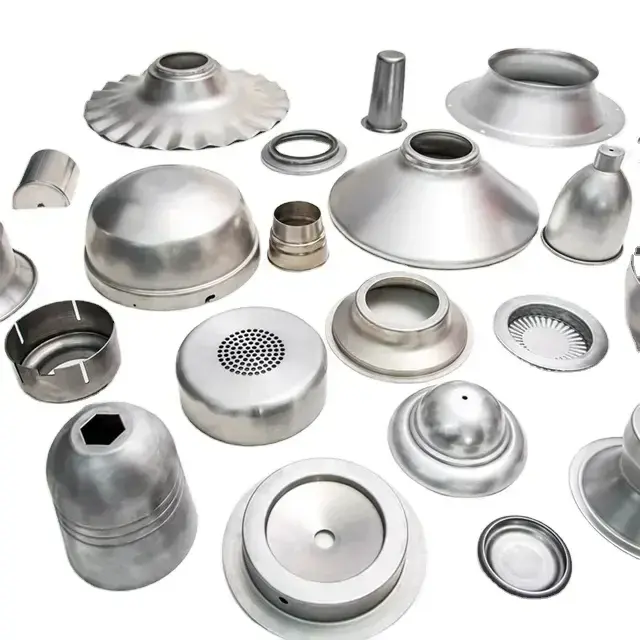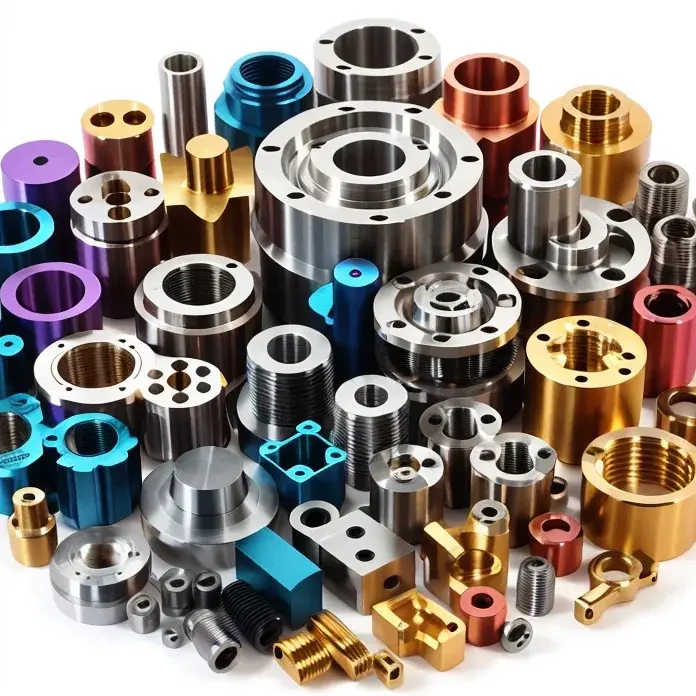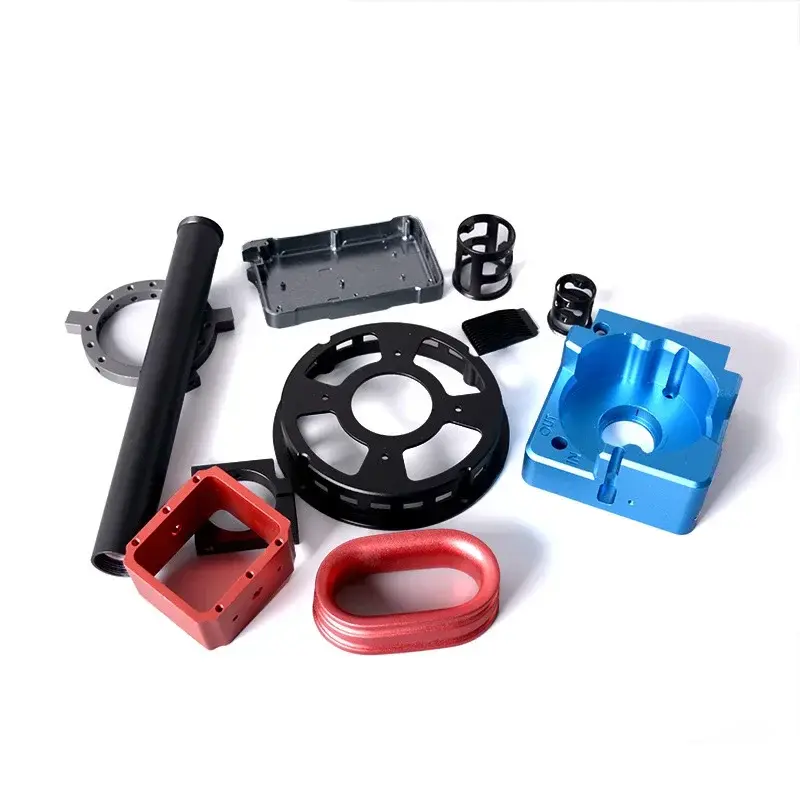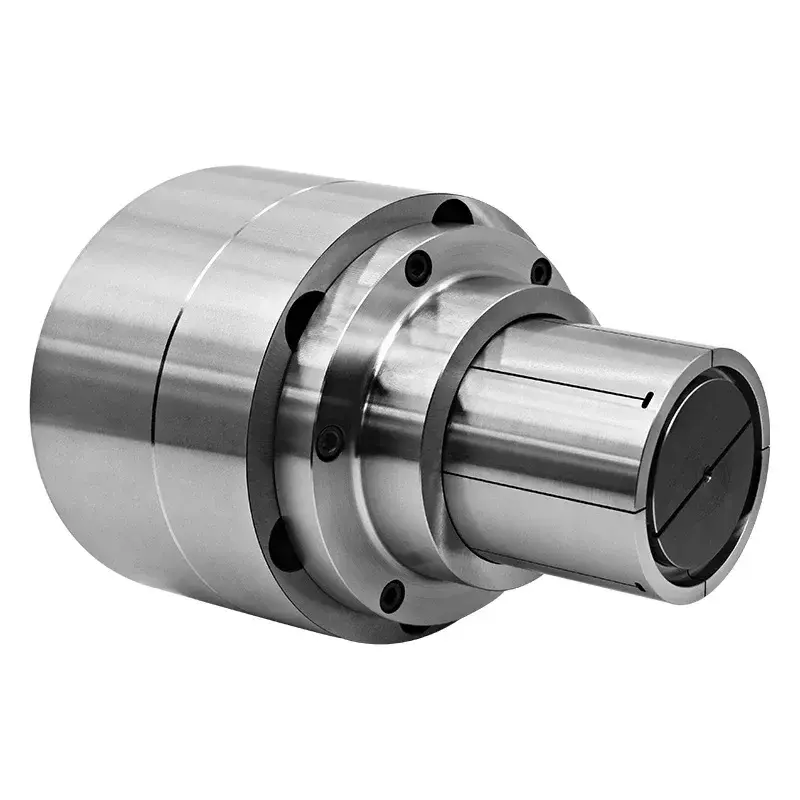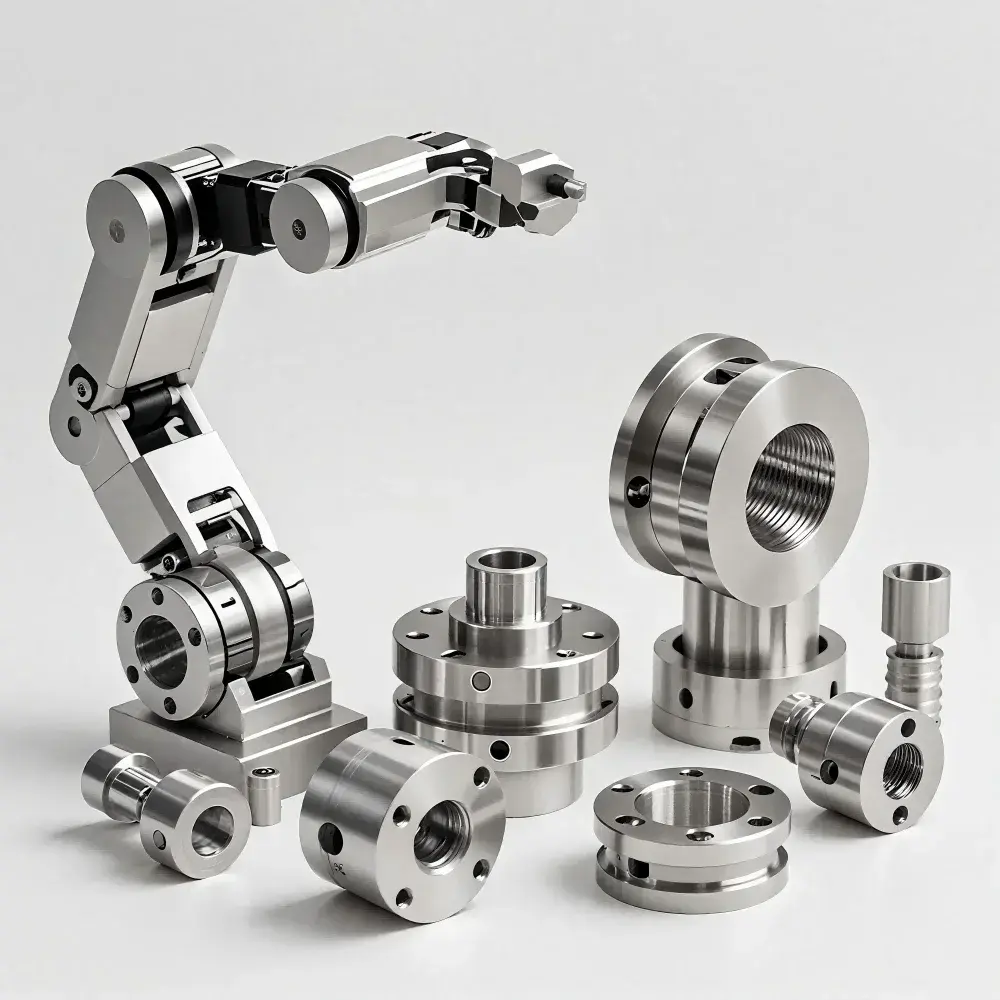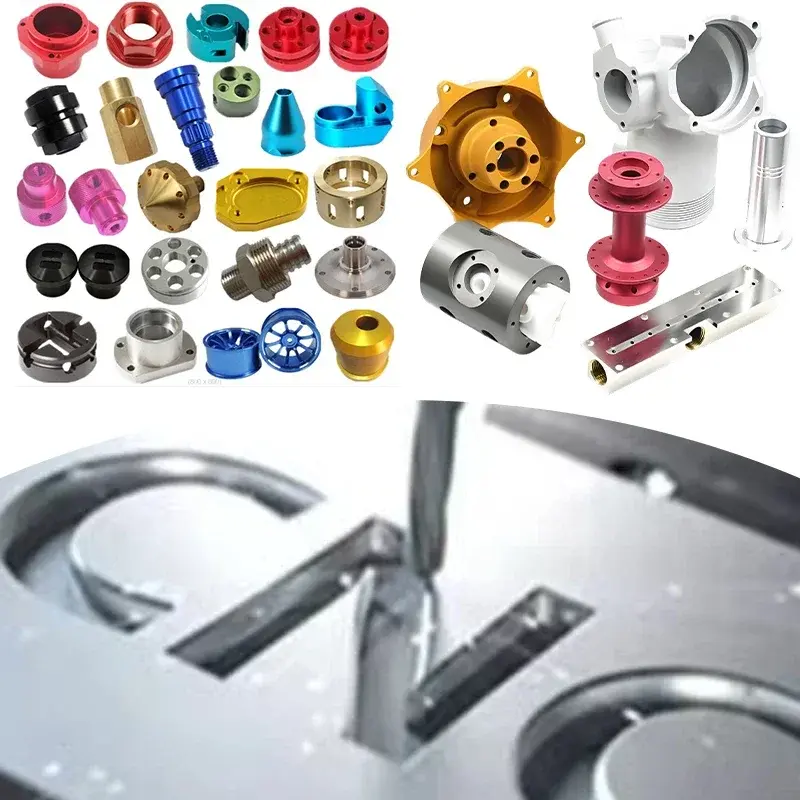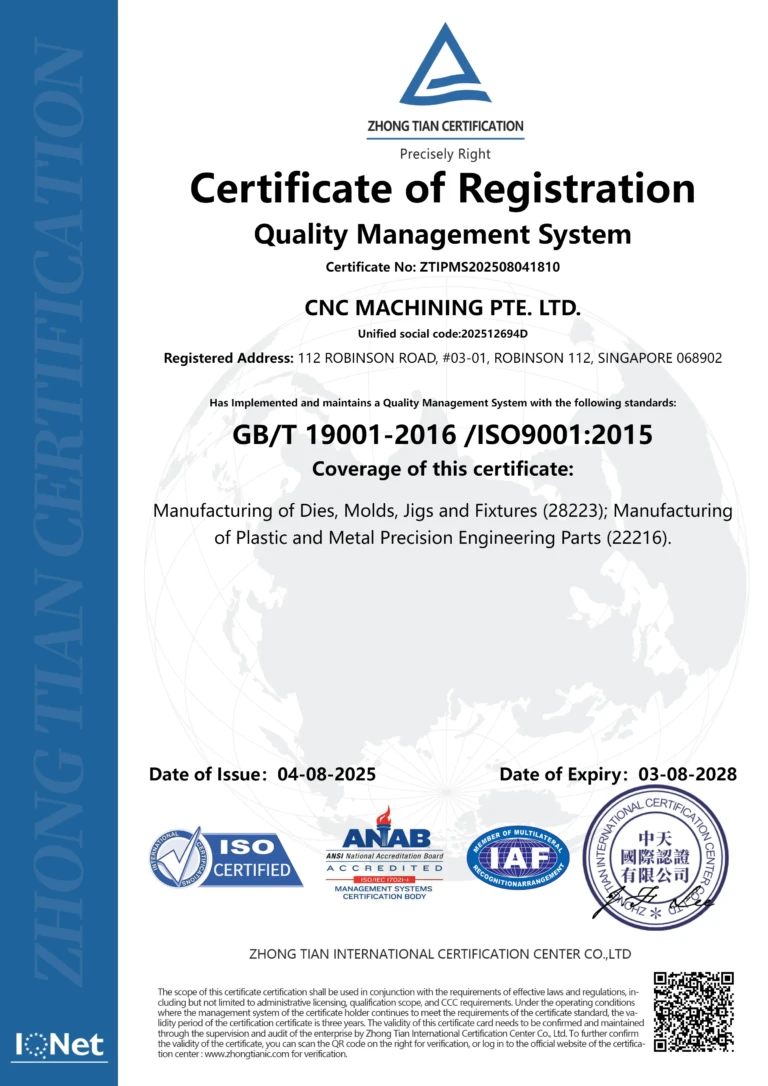When CNC lathes process threads, due to changes in the transmission chain, in principle, the speed should only be able to ensure that the tool moves one step along the main feed axis (mainly l Z axis) each time the spindle rotates, and should not be restricted. However, when CNC lathes process threads, they will be affected by the following aspects:
1) The pitch (feed) value commanded in the thread processing block is equivalent to the feed speed F expressed as feed quantity (mm/r). If the machine tool spindle speed is selected too high, the converted feedrate is speed (). mm/min) must greatly exceed the normal value;
2) At the start/end of its movement, the tool will be constrained by the high/low frequency of the servo motor system and the interpolation speed of the CNC device because the high/low frequency characteristics cannot meet the processing needs , etc. ., the main feed can “advance” and “lag” produced by the movement cause the pitch of some threads to not meet the requirements;
3) Thread turning should be achieved through the spindle synchronous operation function, that is, thread turning requires a spindle pulse generator (encoder).
When the spindle speed is selected too high, the positioning pulse sent by the encoder (i.e. a reference pulse signal sent every time the spindle rotates once) may be caused by “overshoot” (especially when the quality of the encoder is unstable). . Causes the threads of the part to distort randomly.
Therefore, when turning threads, determining the spindle speed should follow the following principles:
1) Subject to ensuring production efficiency and normal cutting, it is advisable to choose a lower spindle speed;
2) When the input length δ1 and cutting length δ2 (as shown in the figure) in the thread processing program section are considered sufficient, that is, when the feed distance of the thread exceeds the thread length specified in the drawing, a suitably greater spindle speed may be selected;
3) When the allowable operating speed specified by the encoder exceeds the maximum spindle speed specified by the machine tool, you can choose as high a spindle speed as possible;
4) Normally, the spindle speed (n thread) when turning threads should be determined according to the calculation formula specified in the manual of the machine tool or CNC system. The calculation formula is mainly:
n vis≤nallow/L(r/min) where nallow—the maximum working speed allowed by the encoder (r/min);
L—The pitch (or pitch, mm) of the thread of the part.
Daguang focuses on providing solutions such as precision CNC machining services (3-axis, 4-axis, 5-axis machining), CNC milling, 3D printing and rapid prototyping services.







